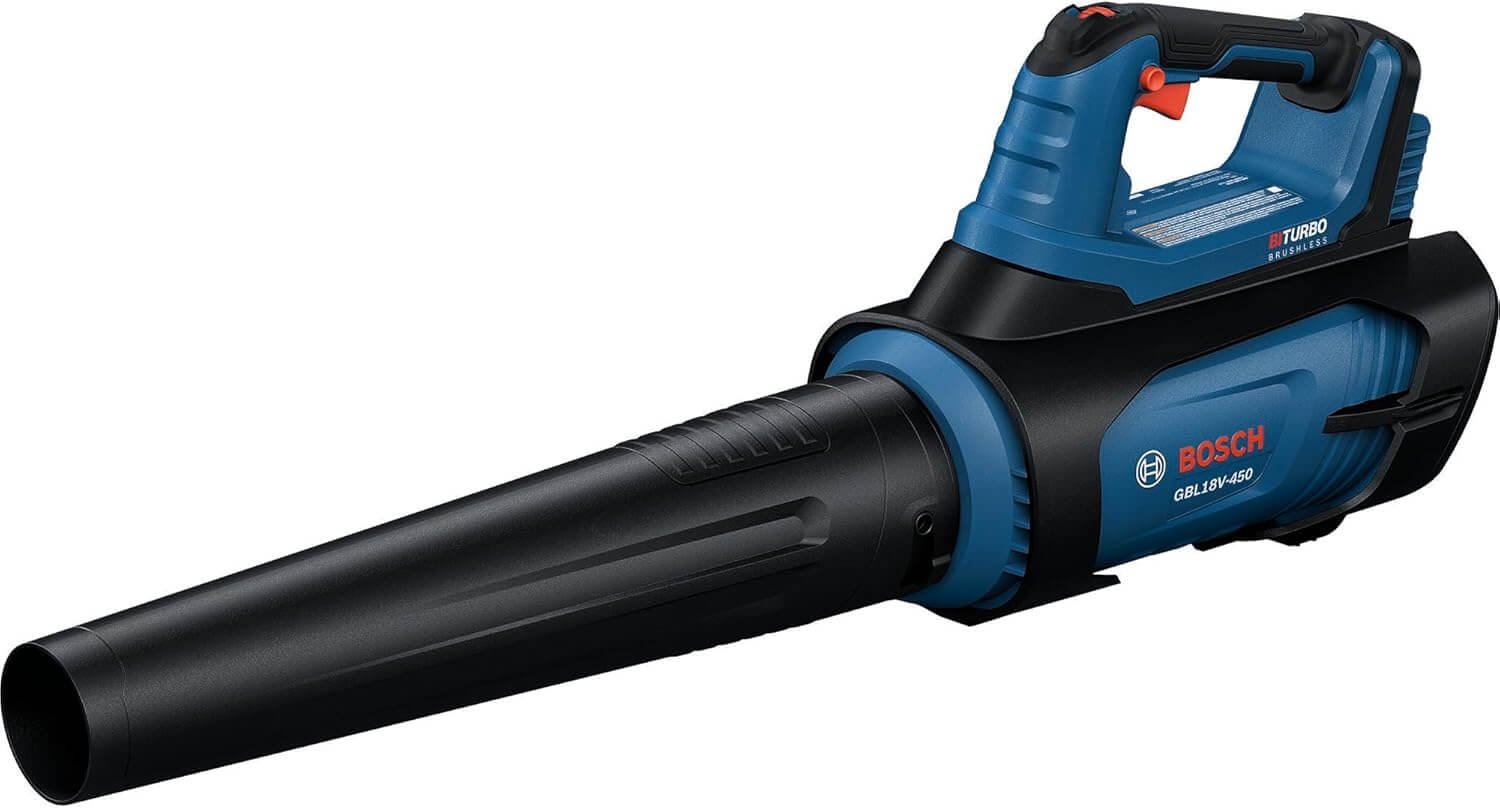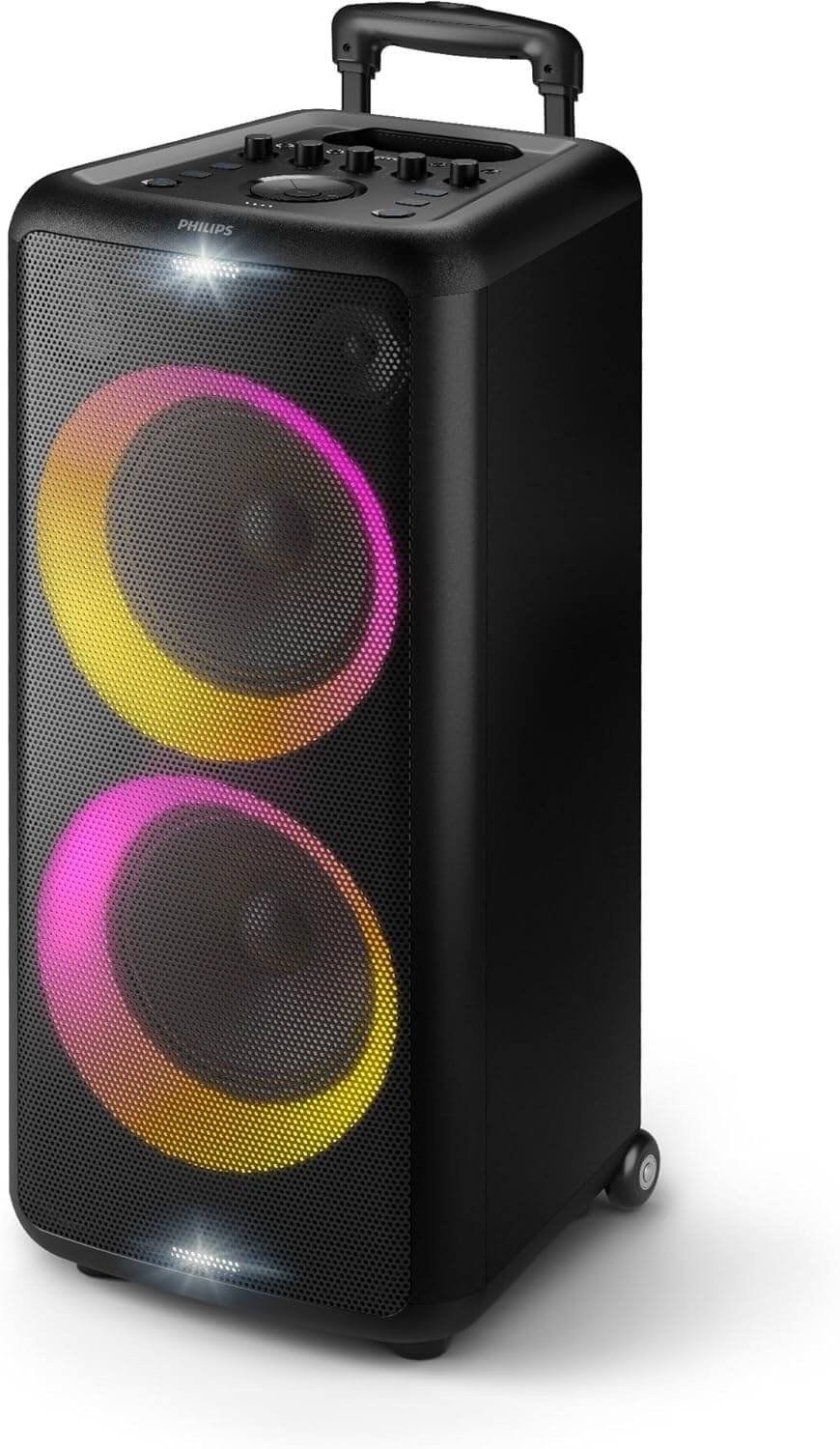Introduction to Camera Lenses
Camera lenses play a pivotal role in photography, significantly influencing the quality and style of images captured. Whether you are a novice or a professional photographer, understanding the various types of lenses available can enhance your photographic skills and creative expression. Lenses determine factors such as focus, depth of field, and the overall aesthetic of a photograph, making them essential in crafting compelling visual narratives.
There are several types of camera lenses, each designed to suit specific photography needs. Prime lenses, known for their fixed focal lengths, often provide superior image quality and wide apertures, making them ideal for low-light conditions and portrait photography. On the other hand, zoom lenses offer versatility by allowing photographers to adjust focal lengths without changing lenses, thereby accommodating a range of shooting scenarios from landscapes to wildlife. For those seeking panoramic vistas, wide-angle lenses come in handy, enabling broader perspectives without significant distortion. Meanwhile, telephoto lenses are excellent for capturing distant subjects, making them popular choices for sports and wildlife photography.
With the advent of e-commerce, purchasing camera lenses online has become increasingly popular among both beginners and seasoned photographers. This growing trend is attributed to the convenience of browsing various options, comparing prices, and reading reviews from other users. Online retailers often provide extensive product information, which can assist consumers in making informed decisions about which lens to invest in for their photography endeavors. However, it is crucial to approach online purchases with a careful mindset, considering factors such as compatibility with your camera body, specific photographic needs, and budget constraints.
As we delve deeper into our guide, it remains essential to equip yourself with a thorough understanding of camera lenses. This knowledge will empower you to select the right equipment for your artistic aspirations, leading to improved photography outcomes and greater creative fulfillment.
Top Camera Lenses Available Online Today
In the ever-evolving world of photography, selecting the appropriate camera lens can significantly impact the quality of images captured. Here, we present a curated list of some of the best camera lenses available for online purchase, catering to a variety of photography styles and preferences.
First on our list is the Canon EF 50mm f/1.8 STM. This lens is renowned for its affordability and versatility, making it an ideal choice for portrait photography. With a wide aperture of f/1.8, it offers excellent low-light performance and produces soft background blur, enhancing subject isolation. Photographers appreciate this lens for its lightweight design and superb image quality, making it a staple in many kits. Available for purchase on reputable retailers such as Amazon and B&H Photo Video, the Canon EF 50mm f/1.8 STM remains a perennial favorite.
Next, we have the Nikon AF-S DX NIKKOR 35mm f/1.8G. This compact and lightweight lens is perfect for street photography and wide-angle shots, thanks to its fast f/1.8 aperture, which excels in low-light conditions. Users frequently praise its sharpness and depth of field control, allowing for creative compositions. This lens is compatible with Nikon’s DX-format cameras and can also be found on popular platforms like Adorama and Best Buy.
For sports and wildlife photography enthusiasts, the Tamron 150-600mm f/5-6.3 Di VC USD G2 is an excellent telephoto lens option. Its impressive focal range allows for capturing distant subjects with remarkable clarity, while features such as vibration compensation improve stability during handheld shooting. This lens has garnered positive feedback for its build quality and optical performance, making it an asset for any wildlife photographer. It is available at various online retailers including LensesForLess and Wex Photo Video.
Finally, the Sony FE 24-70mm f/2.8 GM lens represents a fantastic choice for versatility among professionals. It covers a wide range of focal lengths and maintains a constant aperture of f/2.8, providing exceptional low-light capabilities and beautiful bokeh. This lens is ideal for portrait, landscape, and event photography. Its premium build quality and fast autofocus have made it a sought-after lens for Sony camera owners and can easily be found for purchase on sites like Sony’s official store and DigitalRev.
These selections represent just a few of the top camera lenses currently available online, each carefully chosen based on their features, performance, and user reviews. With this information, photographers can make informed decisions tailored to their specific needs and styles.
What to Watch Out for When Buying Camera Lenses Online
Purchasing camera lenses online can be a rewarding experience, provided one is aware of key factors that influence the selection process. First and foremost, compatibility with your camera body is crucial. Different camera manufacturers utilize distinct lens mount types; hence, verifying that the lens matches your camera’s mount is essential. This will prevent the frustration of receiving a lens that cannot be attached to your device.
Next, consider the focal length of the lens you are eyeing. Focal lengths dictate the perspective and the composition of your photographs. Standard lenses (around 50mm) are versatile, while wide-angle lenses (e.g., 16-35mm) are perfect for landscapes. Conversely, telephoto lenses (such as 70-200mm) are ideal for capturing subjects at a distance. Identifying your photography needs will align your choice of focal length with your intended use.
The maximum aperture rating is another critical aspect influencing depth of field and low-light performance. Lenses with wider maximum apertures (like f/1.4 or f/2.8) are preferable for achieving beautiful background blur and performing well in dimly lit conditions.
Image stabilization can be a game-changer, especially for handheld shooting. Lenses equipped with stabilization technology mitigate camera shake, yielding sharper images in challenging lighting situations. It is advisable to evaluate whether this feature is crucial for your shooting style.
Furthermore, prospective buyers should delve into user reviews and ratings. Genuine customer feedback provides insights about performance and satisfaction levels, aiding in decision-making. Being aware of warranty details is also paramount; a reputable return policy can safeguard against purchasing a subpar lens. By taking these factors into account, buyers will be better positioned to make informed decisions while purchasing camera lenses online.
How to Choose the Right Camera Lens for Your Needs
Selecting the appropriate camera lens is a critical decision for any photographer, as it profoundly impacts the quality and style of their images. The first step in this process is to assess your personal photography goals. Are you primarily capturing landscapes, portraits, or fast-moving sports? Each genre requires different types of lenses to fulfill its specific requirements. For instance, if landscape photography is your focus, a wide-angle lens would be essential to capture expansive vistas. Conversely, a portrait photographer might favor a prime lens with a wide aperture to achieve the desired depth of field and pleasing bokeh.
Another crucial factor in your lens selection is understanding the types of shots you prefer. Do you enjoy capturing close-up details, or do you prefer shooting from a distance? Macro lenses are ideal for close-up photography, allowing you to reveal minute details, while telephoto lenses are perfect for gaining distance and isolating subjects in their environment. Additionally, understanding the characteristics of your camera system, such as sensor size and mount compatibility, will help narrow your options, ensuring seamless integration with your existing equipment.
When possible, visiting a local camera store to try out different lenses can be immensely beneficial. Handling the lenses allows you to gauge their weight, ergonomic fit, and overall compatibility with your shooting style. While considering third-party lens options is prudent, ensure they are known for quality and reliability, as they can often provide excellent value at a lower price point. Finally, remember to keep an eye on potential upgrades as your photography skills evolve. Investing in more advanced lenses in the future will allow you to explore new creative avenues while enhancing your overall photography experience.

Canon EF 50mm f/1.8 STM Lens Review: The Perfect Companion for Portraits
Introduction to the Canon EF 50mm f/1.8 STM Lens
The Canon EF 50mm f/1.8 STM lens is a staple for photographers who are looking for a compact and lightweight lens. Known for its fast aperture and smooth focusing, this lens is ideal for portraits and creative photography. In this review, we will dive into both the good and the bad aspects of this remarkable lens.
Key Features and Benefits
One of the standout features of the Canon EF 50mm f/1.8 STM lens is its fast f/1.8 aperture. This feature allows for excellent performance in low-light conditions, providing the ability to capture stunning images even when lighting is less than ideal. Additionally, its lightweight design makes it effortless to carry around, making it an ideal selection for both amateur and professional photographers. The lens also boasts smooth and quiet autofocus, enhancing the shooting experience, especially during video recordings.
Considerations and Drawbacks
While the Canon EF 50mm f/1.8 STM lens has many redeeming qualities, there are also a few drawbacks. The plastic construction may raise concerns about durability; however, it is satisfactory for normal use. Additionally, some users may find the 50mm focal length to be less versatile for wider landscape shots unless they are shooting in an environment where they can move closer to the subject. Lastly, although the lens performs excellently at wider apertures, there could be slight softness at f/1.8, which may affect sharpness in certain scenarios.

Nikon AF-S DX Zoom-Nikkor 18-55mm f/3.5-5.6G ED II Lens Review: The Good and the Bad
Introduction to the Nikon AF-S DX Zoom-Nikkor 18-55mm
The Nikon AF-S DX Zoom-Nikkor 18-55mm f/3.5-5.6G ED II Lens is a versatile lens notable for its compact size and affordability. It’s commonly bundled with many Nikon DSLR cameras, making it a popular choice for beginners and enthusiasts alike. In this review, we will explore the pros and cons of this lens to help you make an informed decision.
Highlights of the Lens
One of the standout features of the Nikon AF-S DX Zoom-Nikkor 18-55mm is its lightweight design, allowing for easy portability during shooting sessions. The lens offers a useful focal range from 18mm wide-angle to 55mm, making it suitable for everything from landscapes to portraits. Additionally, the lens includes ED (Extra-low Dispersion) glass elements that help reduce chromatic aberration, ensuring sharper images.
Drawbacks Worth Considering
Despite its advantages, there are some downsides to the Nikon AF-S DX Zoom-Nikkor 18-55mm. One of the primary concerns is its maximum aperture of f/3.5-5.6, which may cause limitations in low-light conditions. Also, while the autofocus system is generally reliable, it can occasionally be slow, particularly in low-light environments. Finally, users may find the build quality to be somewhat plasticky, which might not hold up under rigorous usage.
Conclusion
Overall, the Nikon AF-S DX Zoom-Nikkor 18-55mm f/3.5-5.6G ED II Lens provides an excellent balance of performance and price for beginner photographers. While it has some limitations, its versatility and lightweight design contribute to its widespread popularity.

A Comprehensive Review of the Yongnuo EF YN 50mm f/1.8 Lens for Canon Rebel Cameras
Introduction to Yongnuo EF YN 50mm f/1.8 Lens
The Yongnuo EF YN 50mm f/1.8 lens has garnered attention among Canon Rebel digital camera users for its affordability and impressive capabilities. As a standard prime lens, it claims to deliver sharp images and beautiful bokeh, but does it live up to the expectations? Let’s dive into the noteworthy aspects as well as some drawbacks.
Positive Aspects of the Lens
One of the standout features of the Yongnuo EF YN 50mm f/1.8 lens is its wide aperture of f/1.8, which allows for excellent low-light performance and depth of field control. Photographers appreciate its ability to create a stunning background blur, making it ideal for portraits. Additionally, the lens is lightweight and compact, making it a great option for travel and everyday photography. Many users also find that the image quality is quite sharp, especially in the center, which enhances overall satisfaction.
Considerations Before Purchase
While the Yongnuo EF YN 50mm f/1.8 has several strengths, there are some issues to consider. Autofocus speed can be slower compared to more expensive lenses, which may be a drawback for action shots. Additionally, the build quality is somewhat less robust, made primarily of plastic, which could raise concerns for some photographers. Lastly, users have noted slight distortion at wider apertures, which could necessitate post-processing. Overall, the Yongnuo lens offers exceptional value for money, but potential buyers should weigh these factors accordingly.

In-Depth Review of the Sigma 745101 150-600mm f5-6.3 DG OS HSM Lens
Introduction to the Sigma 745101 Lens
The Sigma 745101 150-600mm f5-6.3 DG OS HSM Contemporary Canon mount lens is a versatile and powerful tool for photographers, especially those who enjoy capturing wildlife or distant subjects. With its impressive zoom range, this lens promises flexibility and the ability to frame subjects perfectly from afar.
Pros of the Sigma 745101 Lens
One of the standout features of the Sigma 745101 is its exceptional image quality. Photographers will appreciate the sharpness and clarity achieved at various focal lengths, which is essential for detail in wildlife or sports photography. The Optical Stabilization (OS) technology significantly reduces camera shake, allowing for clearer shots even at the long end of the zoom. Furthermore, its build quality is commendable, featuring a robust design that feels solid and durable.
Cons to Consider
However, despite these advantages, there are some drawbacks worth mentioning. The lens can be quite heavy, making it challenging to carry for extended periods, especially on outdoor shoots. Additionally, the maximum aperture of f5-6.3 might limit performance in low-light situations, potentially leading to some frustration when trying to capture images in suboptimal lighting conditions.
In conclusion, the Sigma 745101 150-600mm f5-6.3 DG OS HSM Contemporary lens is an excellent choice for photographers seeking a reliable telephoto option. While it has its drawbacks, the quality of images and versatility make it a valuable addition to any camera kit.

A Comprehensive Review of the Panasonic Lumix H-HS030E 30mm Macro Camera Lens
Introduction to the Panasonic Lumix H-HS030E
The Panasonic Lumix H-HS030E 30 mm Macro lens is a compact and versatile option for photography enthusiasts looking to capture stunning close-up images. With a focal length equivalent to 60mm in 35mm terms, this lens is tailored for macro photography, offering impressive detail and clarity. In this review, we will explore the lens’s strengths and weaknesses, helping you decide if it’s the right fit for your photographic needs.
Advantages of the Panasonic Lumix H-HS030E
One of the standout features of this lens is its remarkable sharpness. Photographers will appreciate the 30mm focal length, which allows for excellent subject isolation and depth of field control. Additionally, the lens boasts a high-quality build, feeling solid and durable in hand. The fast autofocus mechanism is another positive aspect, delivering quick and precise focusing, ideal for capturing dynamic subjects or fleeting moments in nature.
Disadvantages to Consider
Despite its many strengths, there are a few drawbacks worth mentioning. The Panasonic Lumix H-HS030E has a limited aperture of f/2.8, which may restrict low-light performance compared to other macro lenses with wider apertures. Furthermore, the lens does not come with image stabilization, which could be a concern for those using it handheld. Lastly, while it excels in macro photography, its usage in broader photography applications may feel limited.
In summary, the Panasonic Lumix H-HS030E 30 mm Macro lens offers excellent quality and performance for close-up photography. While it has some limitations, its strengths make it a worthy option for dedicated macro enthusiasts.


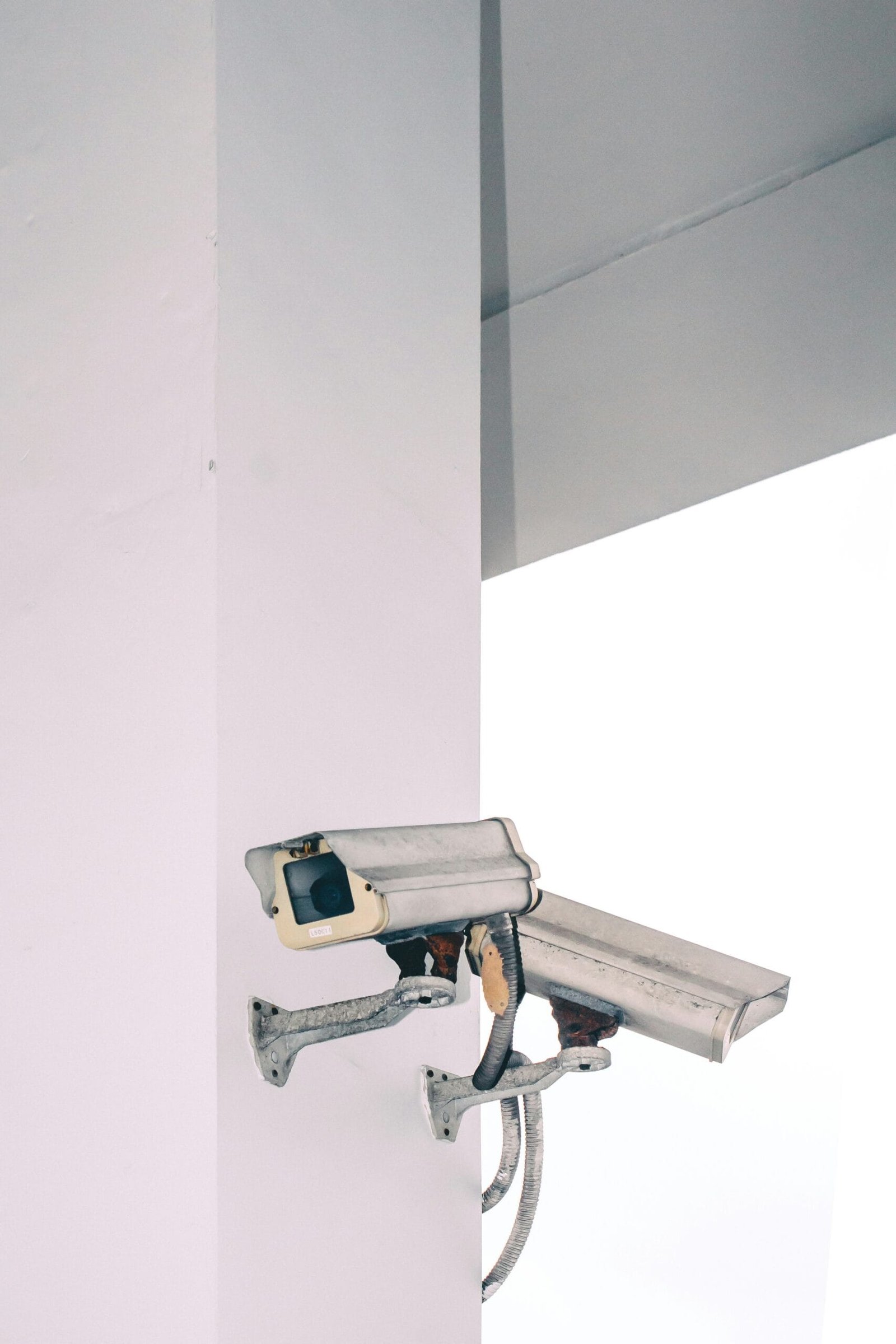

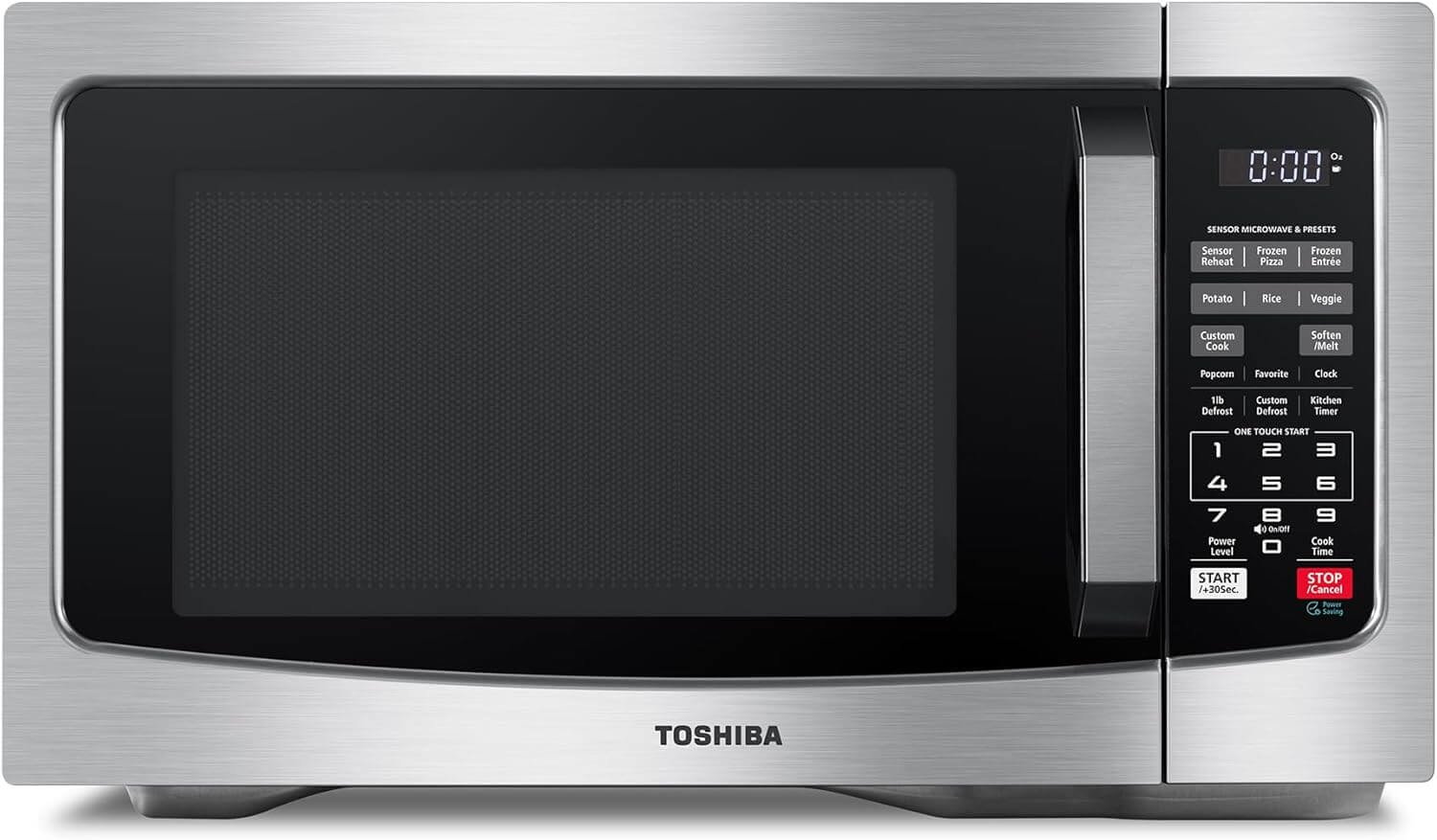


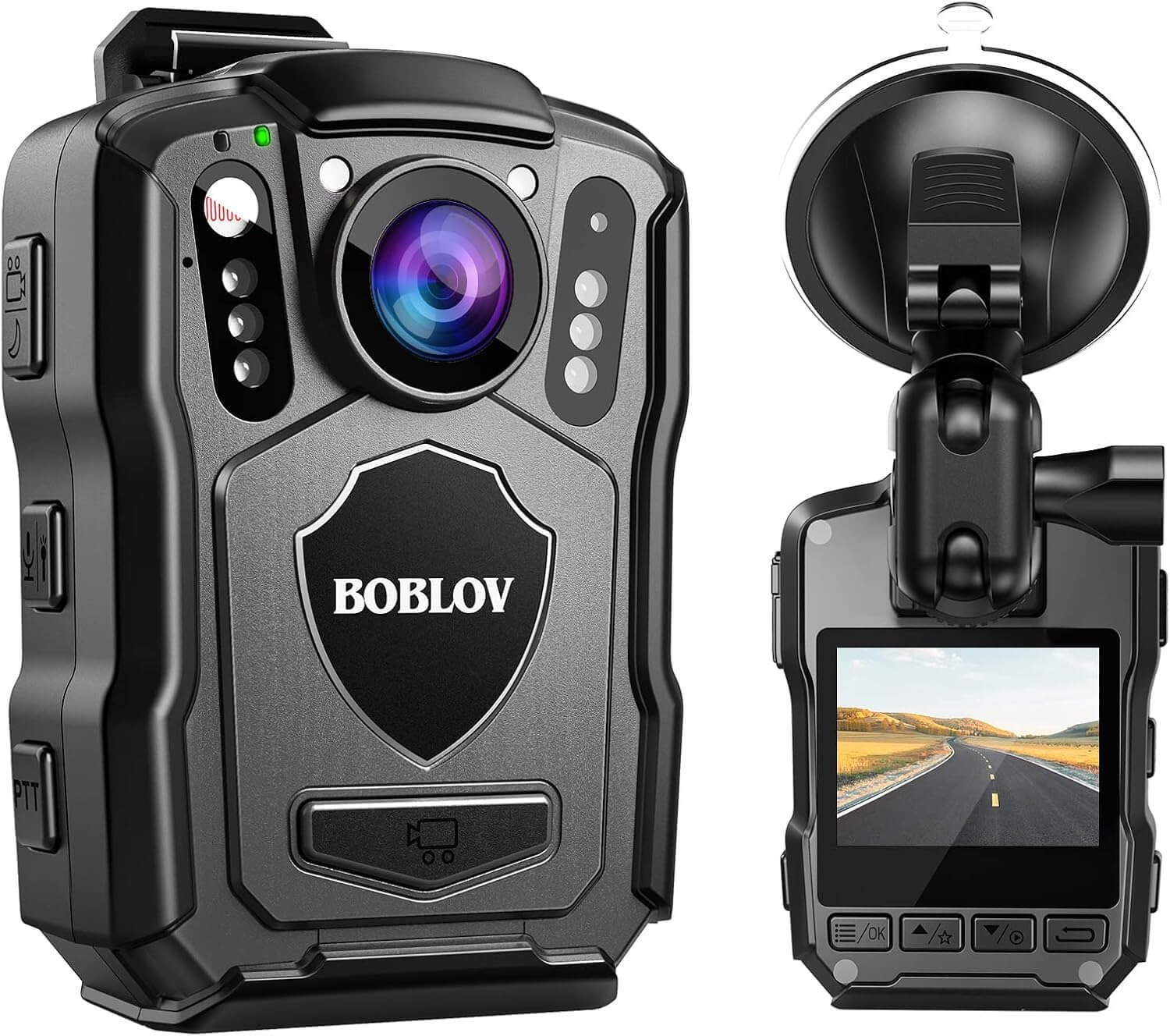


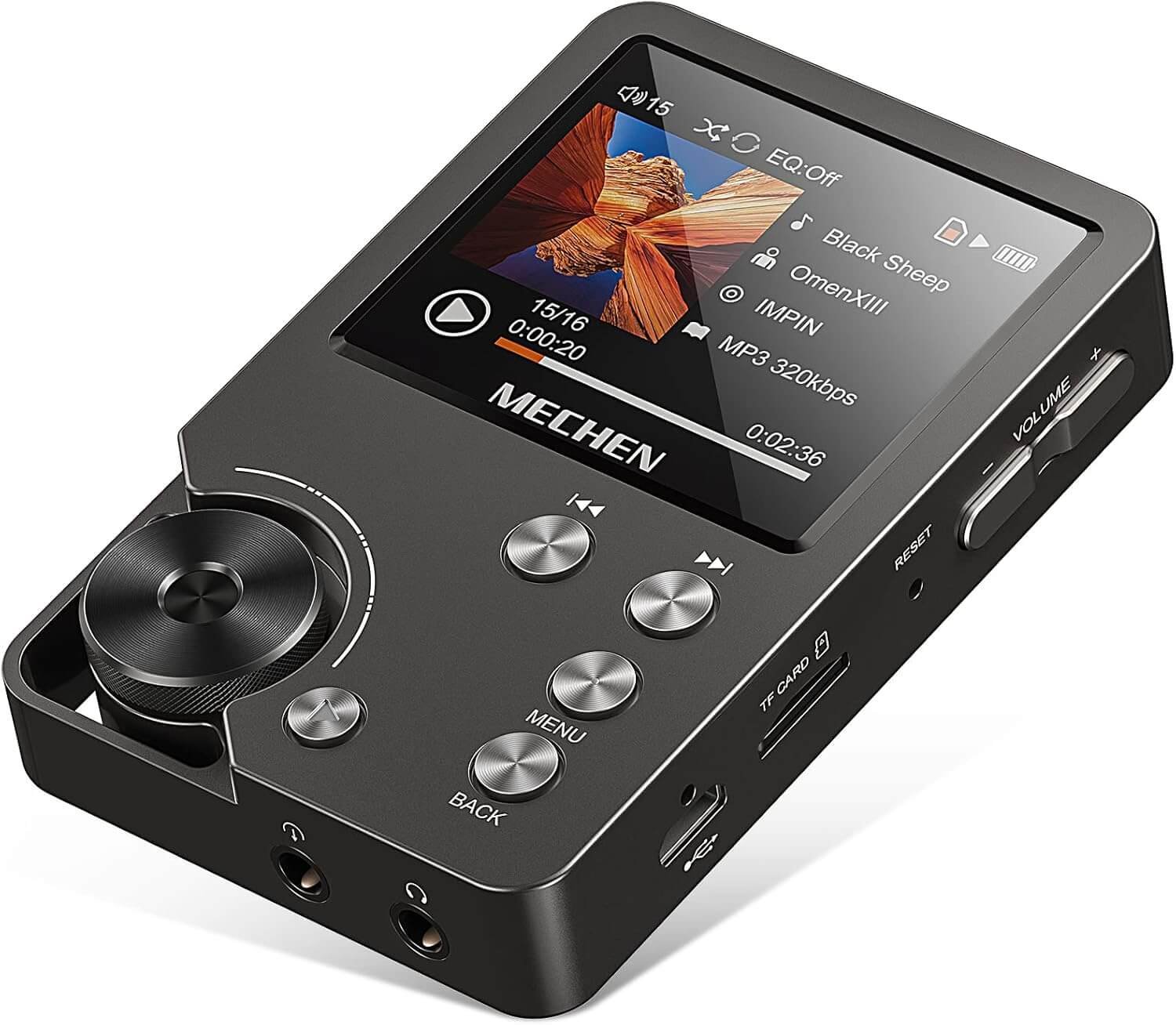
![CHEF iQ Sense [2025 Model] | Smart Wireless Meat Thermometer | Ultra-Thin Probe | WiFi Unlimited Range | 1000°F Heat Safe | 5 Sensors | BBQ, Grill, Oven, Smoker, Air Fryer | Gen3](https://product-reviews-today.com/wp-content/uploads/2025/06/CHEF-iQ-Sense-2025-Model-Smart-Wireless-Meat-Thermometer.jpg)

